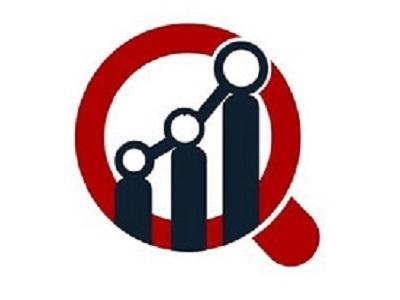In the face of rapid urbanization, industrial expansion, and climate variability, the need for resilient and sustainable infrastructure has never been greater. At the core of many of these developments lies a critical, often overlooked component: the soil. The Soil Stabilization Market is steadily gaining momentum as industries and governments recognize the importance of ensuring solid ground beneath their feet—literally.
The Soil Stabilization Market was valued at USD 21.2 billion in 2023 and is expected to reach USD 22.17 billion in 2024. Looking ahead, the market is projected to grow to USD 30.2 billion by 2032, registering a compound annual growth rate (CAGR) of 3.94% during the forecast period from 2024 to 2032.
What Is Soil Stabilization?
Soil stabilization is the process of enhancing the physical properties of soil to improve its load-bearing capacity, durability, and resistance to erosion. This can involve mechanical methods, such as compaction and geosynthetics, or chemical treatments using lime, cement, fly ash, and other stabilizing agents. The goal is to create a foundation that can support infrastructure projects such as highways, railroads, airports, and commercial or residential buildings.
Market Dynamics and Key Drivers
- Infrastructure Development
The global boom in infrastructure—especially in emerging economies like India, China, and Brazil—is a major growth driver. Governments are investing heavily in roadways, rail systems, and public utilities, all of which require stabilized soil to ensure long-term structural integrity.
- Climate Change and Soil Erosion
With increasing concerns over soil degradation due to extreme weather patterns, stabilization techniques are becoming essential in agriculture and construction. Techniques that prevent soil erosion help conserve land quality and support sustainable development.
- Technological Advancements
Innovations in geosynthetics, nanomaterials, and environmentally friendly binders are transforming the soil stabilization landscape. These advancements improve effectiveness while minimizing environmental impact.
- Environmental Regulations
Regulatory frameworks around the world are encouraging the adoption of eco-friendly soil stabilization methods. Fly ash and other industrial by-products are being repurposed in construction, aligning with circular economy goals.
Market Segmentation
The Soil Stabilization Industry can be segmented by:
Method: Mechanical, chemical, and physical stabilization.
Application: Industrial, agricultural, and non-agricultural (roads, airports, landfills).
End-User: Infrastructure, residential construction, mining, and agriculture.
Region: North America, Europe, Asia-Pacific, Latin America, Middle East & Africa.
Regional Insights
Asia-Pacific dominates the market due to large-scale infrastructure projects and governmental support for sustainable construction practices.
North America follows closely, driven by smart city initiatives and stringent environmental regulations.
Europe emphasizes eco-friendly stabilizers and sustainable land management practices.
Challenges and Opportunities
While the market holds promising growth, it also faces challenges such as high initial costs, lack of awareness in underdeveloped regions, and complex site-specific soil behaviors. However, these are being offset by rising demand for green construction and smart engineering solutions.
Future Outlook
According to industry forecasts, the Soil Stabilization Market is poised to grow at a CAGR of around 5–7% over the next decade. Sustainable construction practices, smart city developments, and global environmental initiatives will continue to propel market growth.
Final Thoughts
As we build the cities of tomorrow, we must start with the ground beneath us. The Soil Stabilization Market plays a foundational role—literally and figuratively—in shaping resilient, sustainable, and future-ready infrastructure. Investing in advanced soil stabilization techniques isn’t just good engineering; it’s smart policy for a rapidly changing world.
Related Reports:
potassium thiosulfate fertilizer market
seed drill broadcast seeder machinery market
About Market Research Future:
Market Research Future (MRFR) is a world-renowned market research company that offers a wide range of services, complete with accurate and precise analysis about diverse markets, sub-markets and target consumers. Our approach is a combination of extensive information and multiple data sources that help provide an exhaustive comprehension about the latest major developments to the client, in addition to future events and what measures and decisions to take on the basis of the same.
Our fast-emerging market research firm is armed with an adept research analysts’ team that focuses on gathering useful data and analytics in terms of economic and technological advances. Our proficient analysts conduct industrial visits in a bid to achieve reliable and accurate information from established market participants. One of our foremost objectives is to keep the client well-versed with all the lucrative opportunities as well as challenges surrounding various global markets. We offer step-by-step guidance to our clients, through consulting and strategic services, enabling them to arrive at a practical and effective decision.
Contact Us:
Market Research Future (part of Wantstats Research and Media Private Limited),
99 Hudson Street, 5Th Floor,
New York, New York 10013
United States of America
+1 628 258 0071
